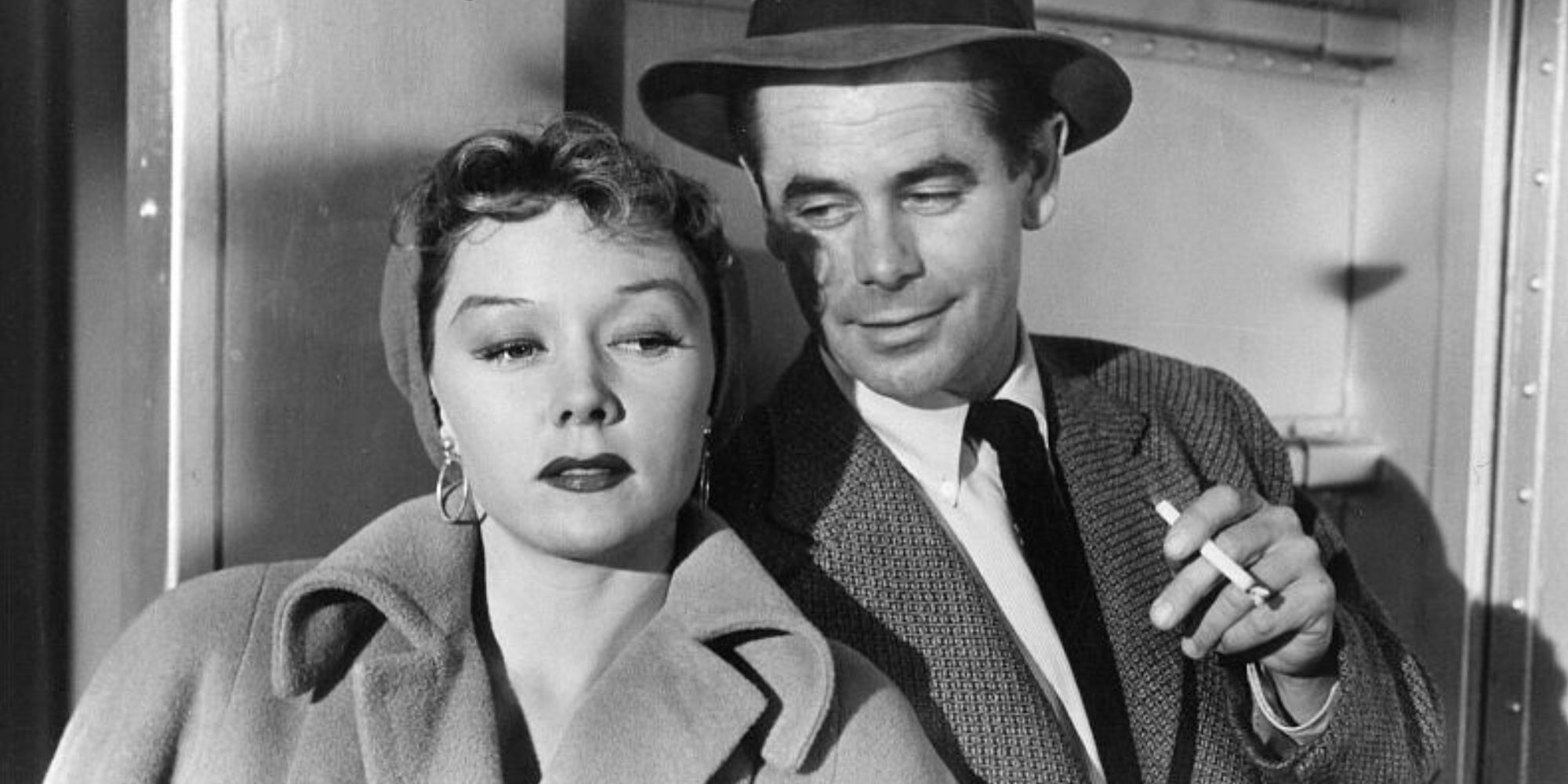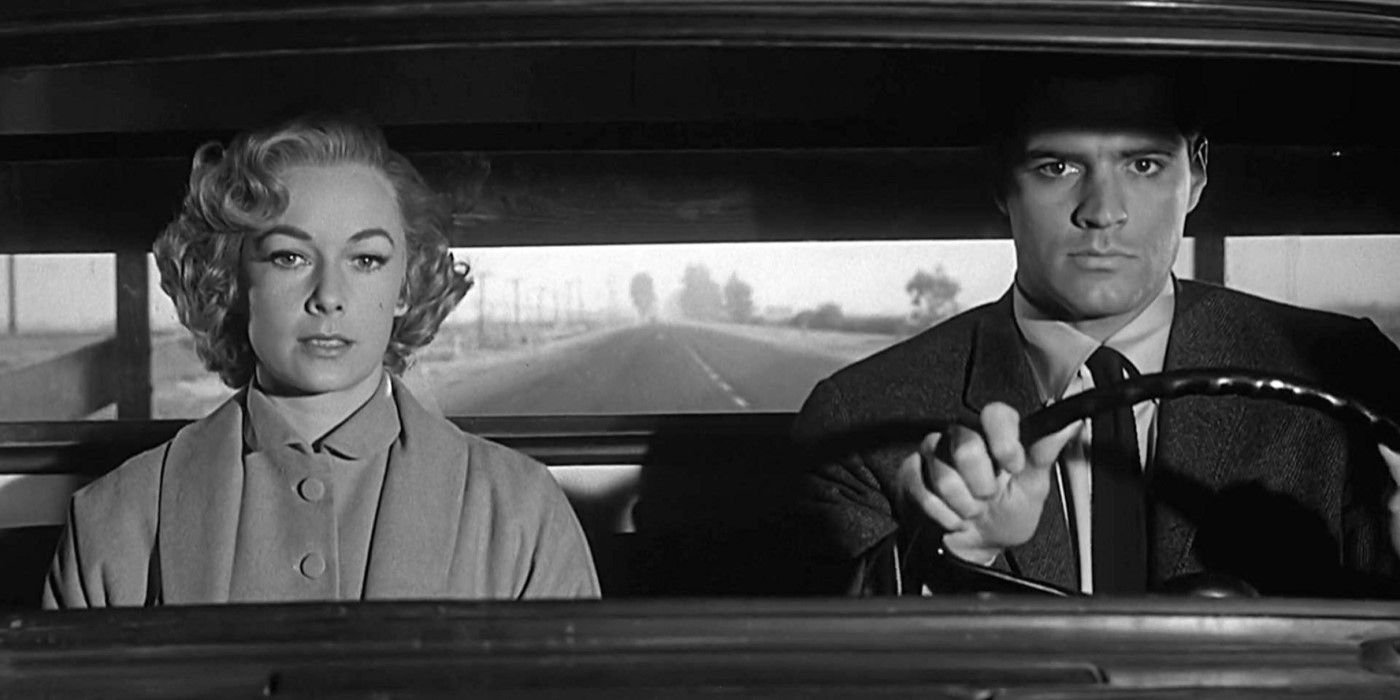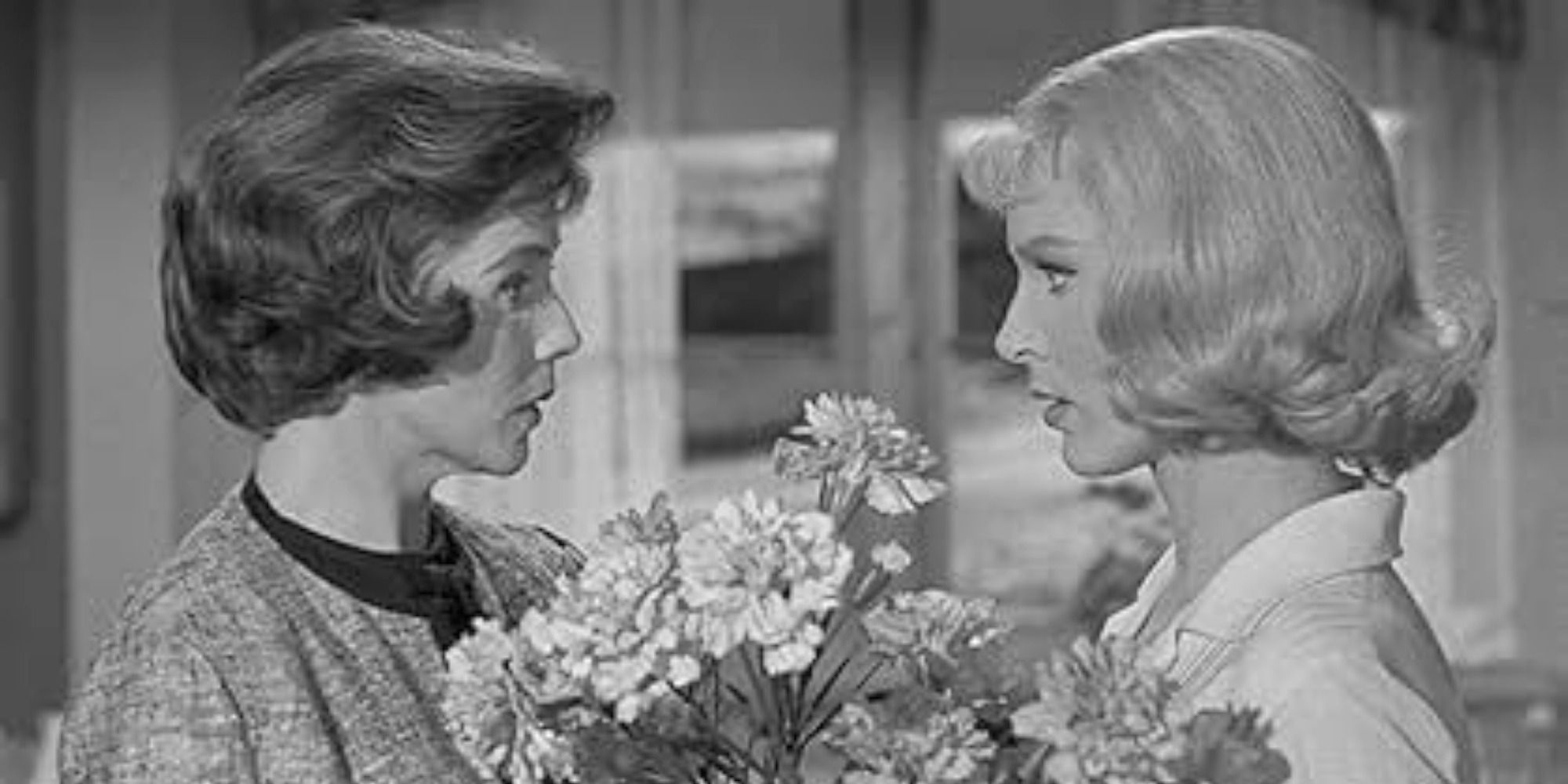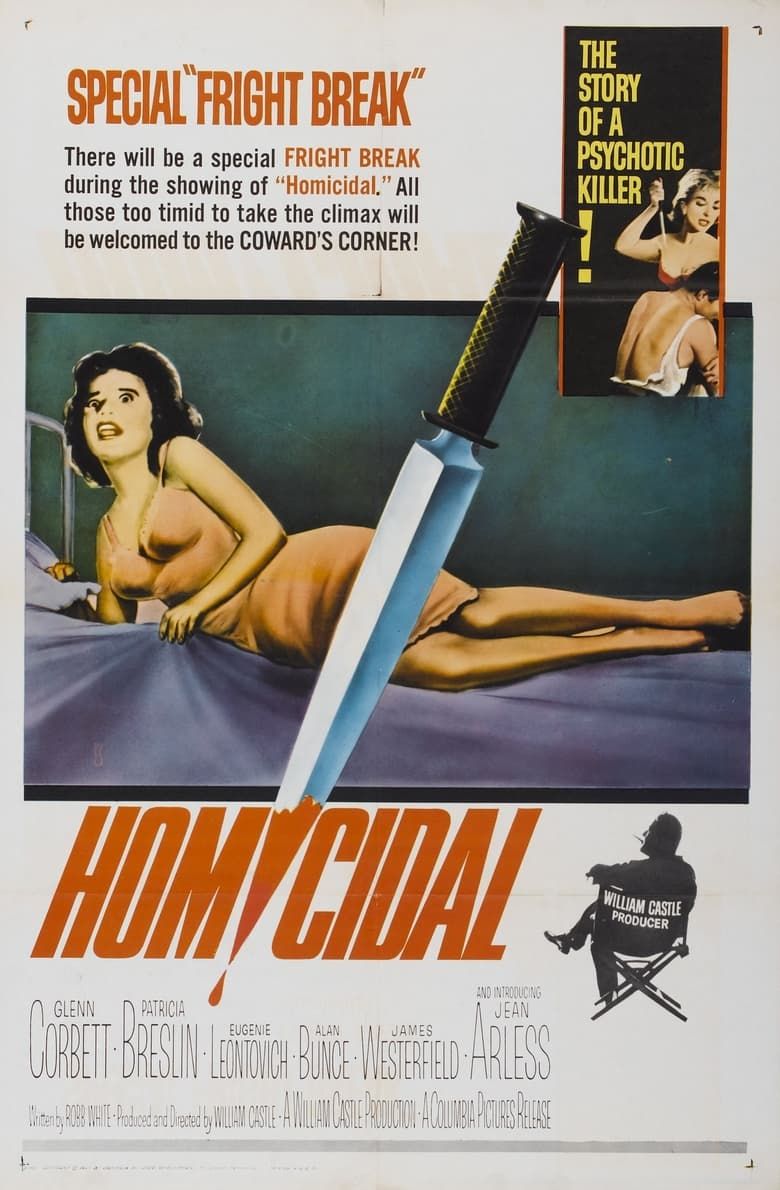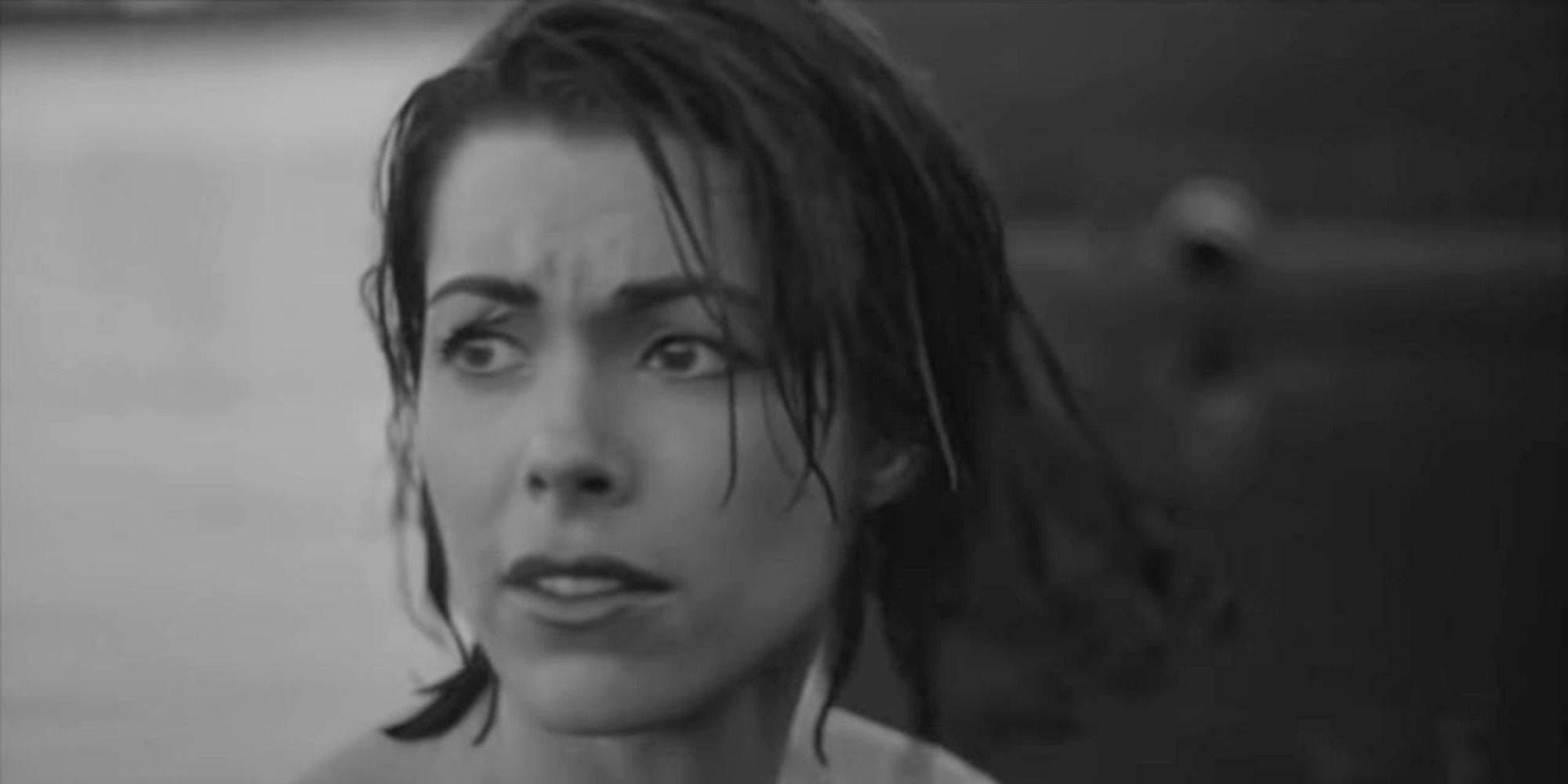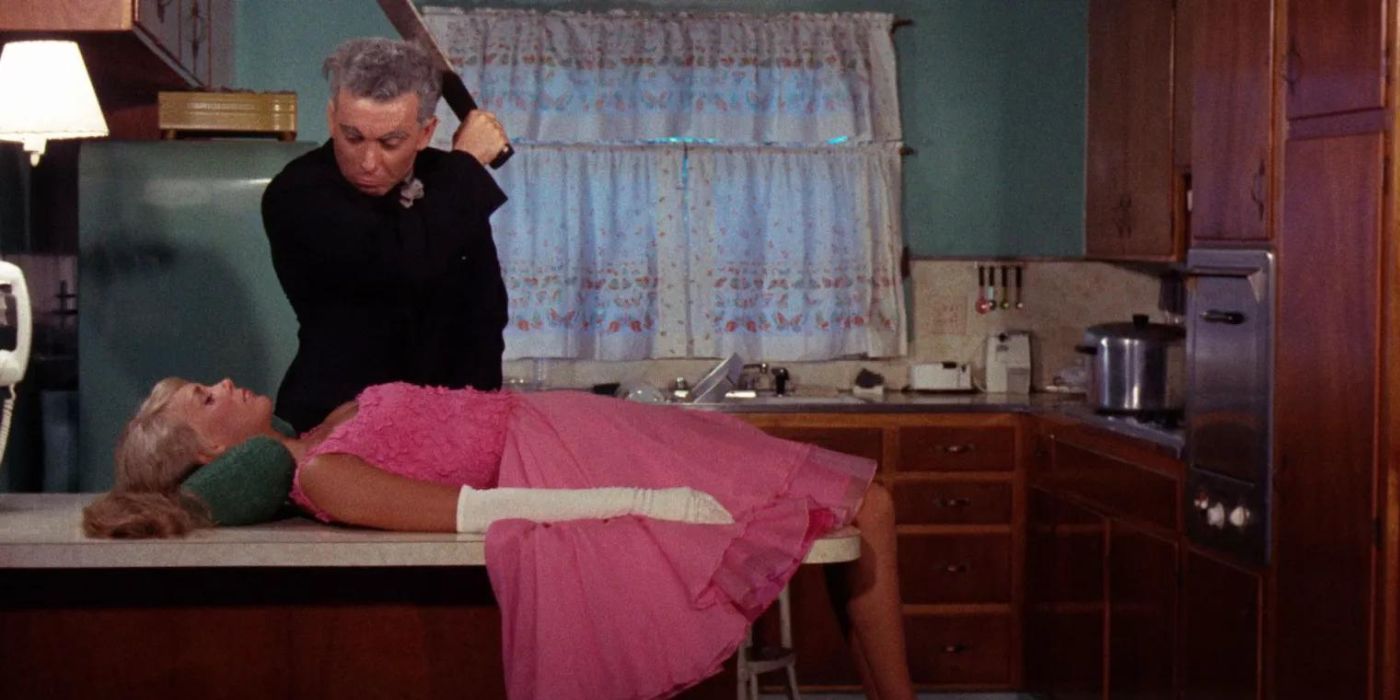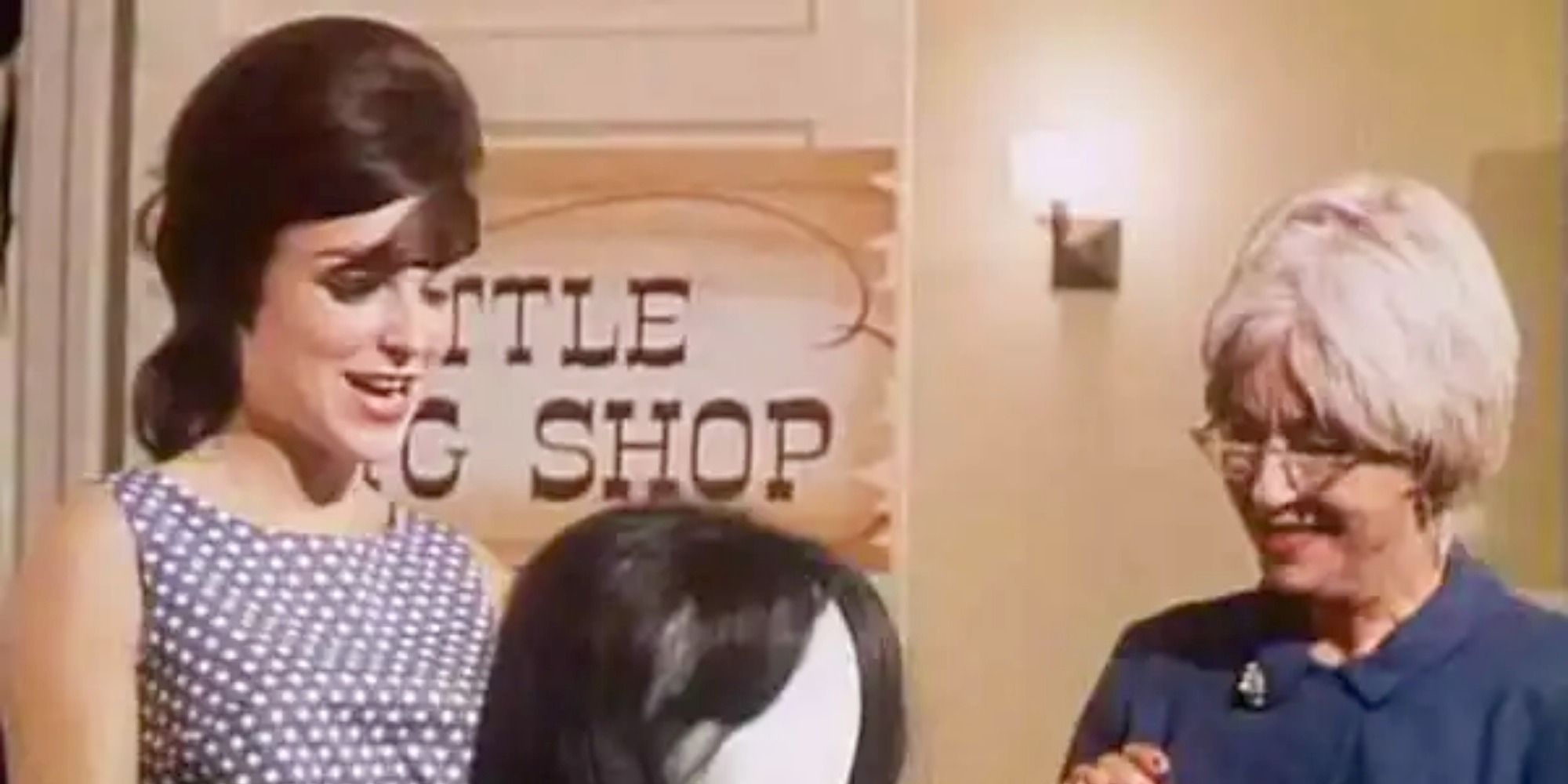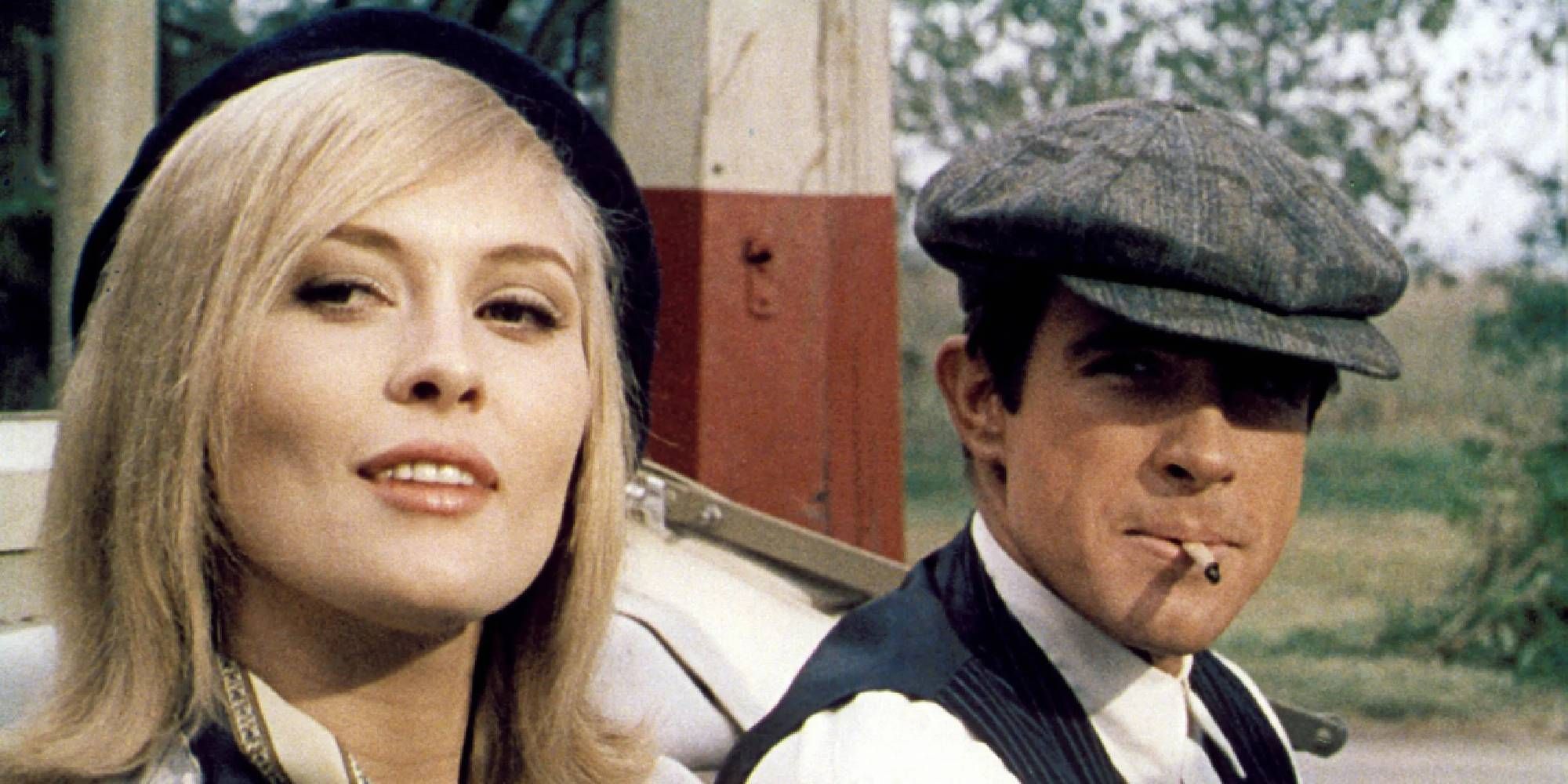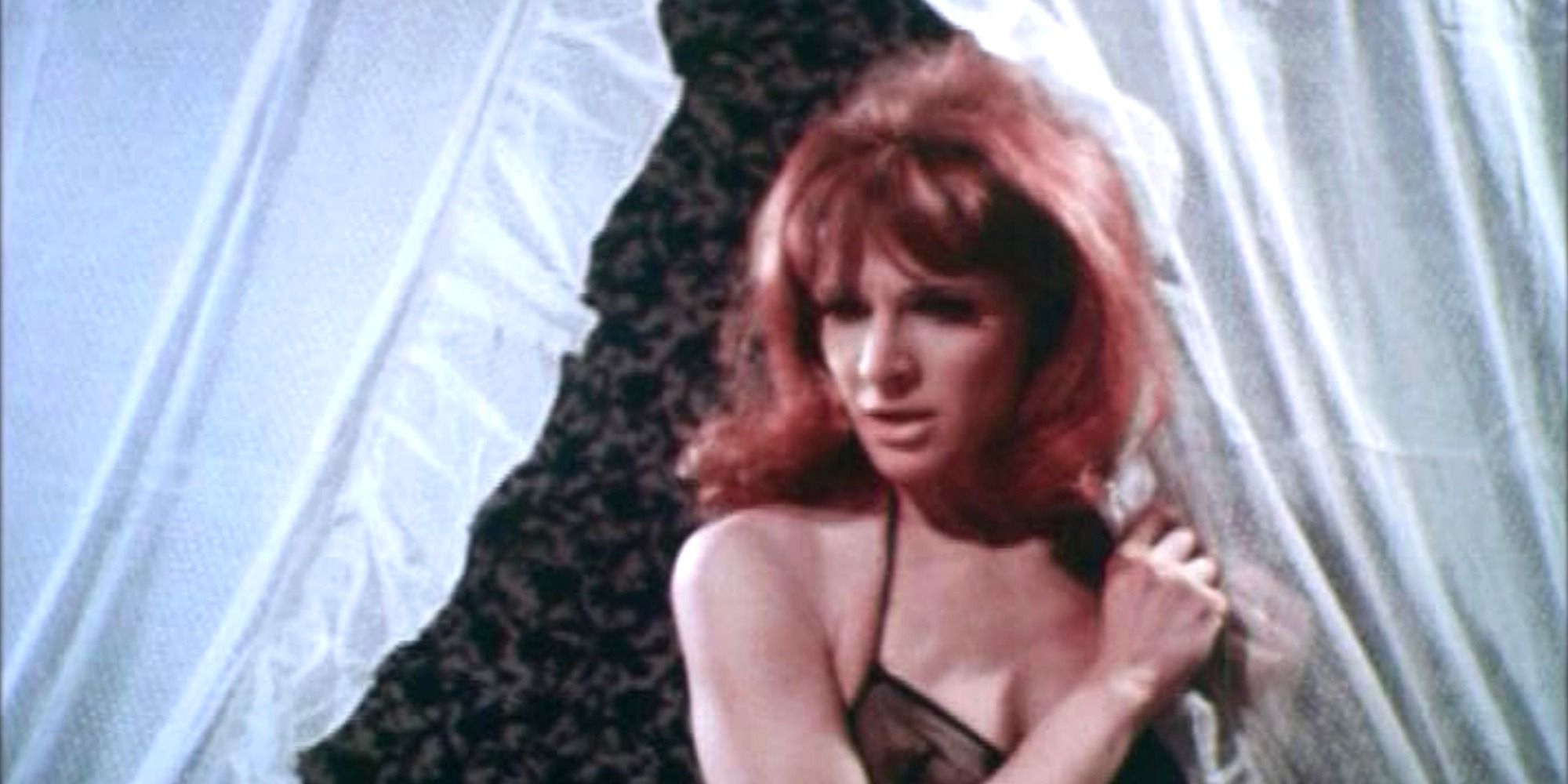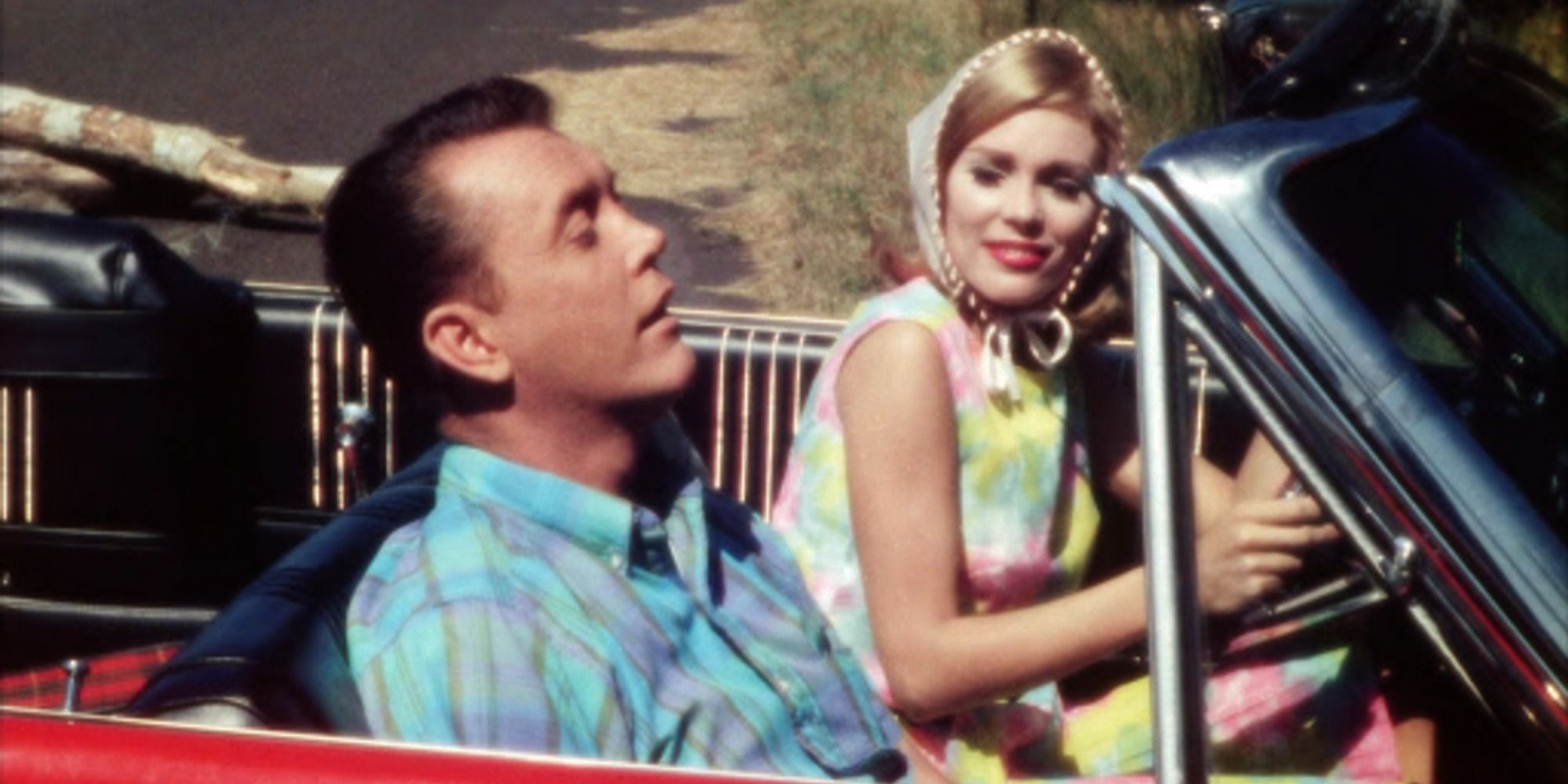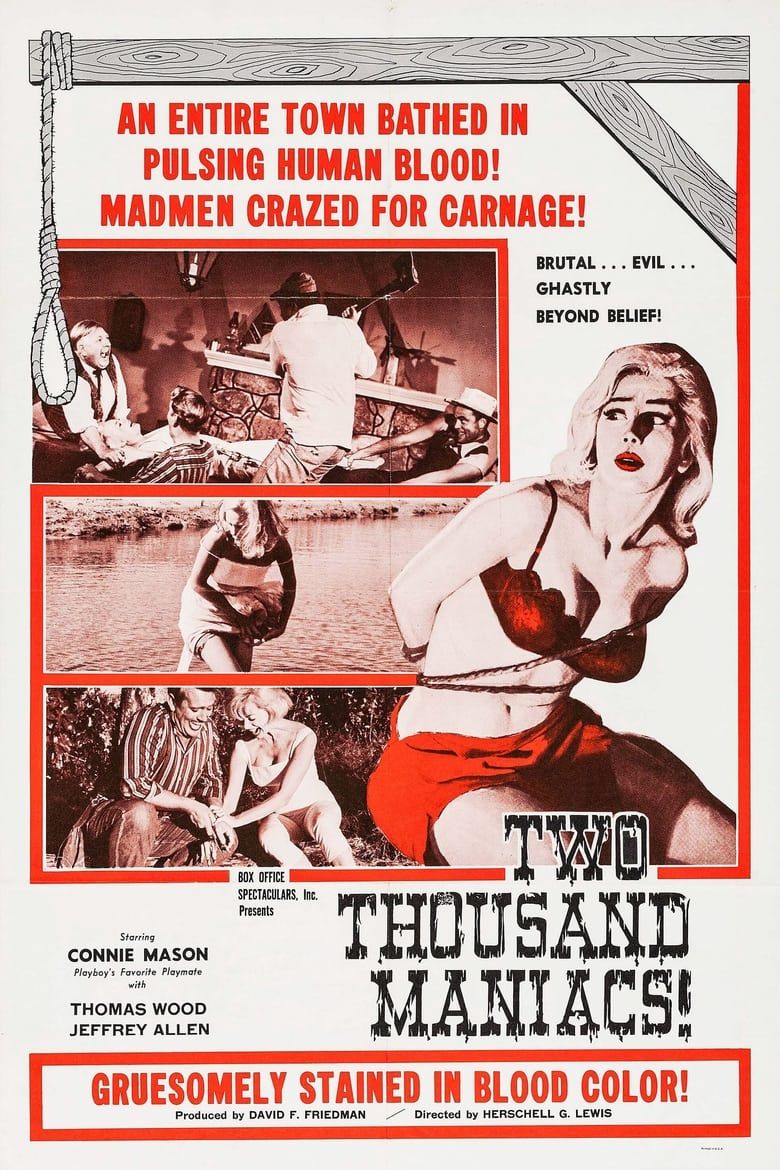
Before the MPAA rating system that assigns movies age-based ratings like PG or R that viewers see today, the U.S. had a different, more conservative system: the Hays Code. In response to concerns over morality in films, given controversial pre-code films like Design for Living and Scarface, the framework intended to glorify virtue over vice by encouraging movies to adhere to its guidelines, some of which prohibited explicit depictions of sex and violence and controversial themes like interracial or same-sex relationships.
Despite attempts to censor cinema for American audiences, plenty of films made during the Hays Code’s sovereignty from 1936 to 1968 pushed the boundaries, bending the rules just enough to get away with an approved film. Other films disregarded the rules entirely, making the film’s wide theatrical release unlikely. From unrated, graphically violent horror films like Two Thousand Maniacs! to crime thrillers like The Big Heat, these are the most violent movies made during the Hays Code, ranked by their sheer amount of violence, both implied and on-screen.
10
‘The Virgin Spring’ (1960)
Directed by Ingmar Bergman
In medieval Sweden, devout Christians Töre (Max von Sydow) and Märeta (Birgitta Valberg) send their only daughter, Karin (Birgitta Pettersson), a sheltered girl, to deliver candles to a church. Accompanied by the family’s servant, Ingeri (Gunnel Lindblom), the two part ways in the woods. Karin encounters three goat herders, who brutally rape and murder her, while Ingeri watches in horror from hiding. By chance, the killers later seek shelter at Töre’s farmhouse, where the parents realize the truth upon discovering Karin’s blood-stained clothes. Consumed by grief, Töre seeks revenge.
The Virgin Spring is one of the Hays Code era’s most violent films, not for overly graphic gore, but for its stark and emotionally shattering depiction of brutality. Karin’s rape and murder are depicted with devastating realism, prioritizing psychological horror over exploitation. Töre’s vengeful killings, including the chilling murder of a child, are also disturbing and violent. The silence during violent scenes enhances the visceral impact, which is more psychologically distressing than explicitly violent. Nevertheless, The Virgin Spring is a remarkably violent movie for its era.
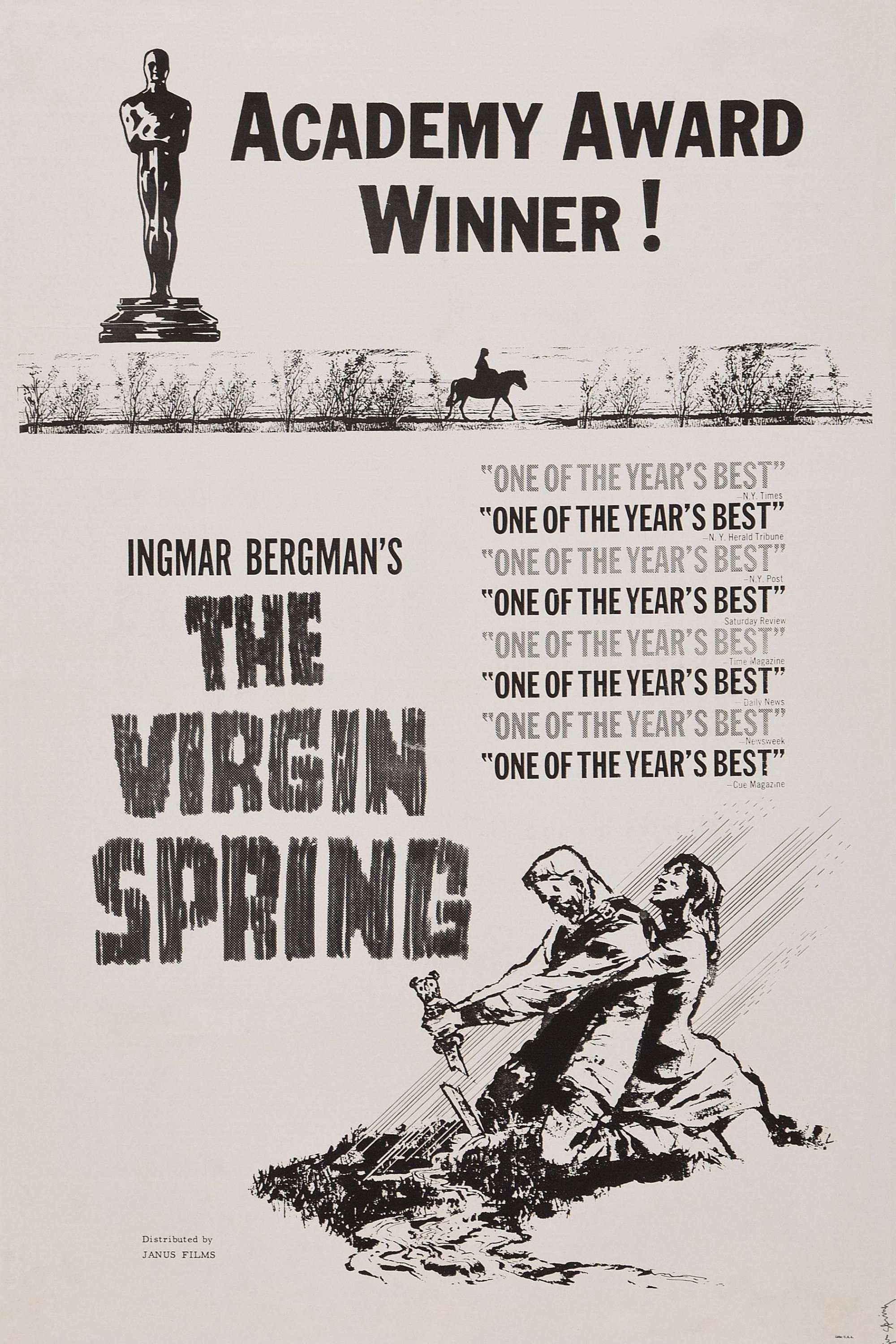
The Virgin Spring
- Release Date
-
February 8, 1960
- Director
-
Ingmar Bergman
- Cast
-
Max Von Sydow
, Birgitta Valberg
, Gunnel Lindblom
, Birgitta Pettersson
, Axel Düberg - Runtime
-
90 Minutes
9
‘The Big Heat’ (1953)
Directed by Fritz Lang
Homicide detective Dave Bannion (Glenn Ford) investigates the apparent suicide of his colleague Tom Duncan, uncovering a web of corruption tying city officials to mob boss Mike Lagana (Alexander Scourby). When Duncan’s girlfriend (Dorothy Green) suggests foul play was involved, she is brutally murdered, leaving Bannion suspicious of the suicide and his fellow officers. Refusing to back down despite threats, Bannion’s investigation turns personal when a car bomb meant for him kills his wife, Katie (Jocelyn Brando). With help from Debby (Gloria Grahame), the abused girlfriend of Lagana’s violent associate Vince Stone (Lee Marvin), Bannion uncovers the truth behind Duncan’s death.
The Big Heat stands out as a relatively early example of the most violent Hays Code era movies, coming out nearly seven years before the next notably violent film, Psycho. This film evaded Hays Code censors with its off-screen violence, depicting only the aftermath. Nevertheless, the movie is unflinchingly brutal. While it isn’t graphic, Stone’s act of scalding Debby with hot coffee, and his manner in general, is disturbing and violent, as is Katie’s devastating death. As a stepping stone between the early and cautious days of following the Hays Code and the following decade which saw the Code’s foundation begin to crumble, The Big Heat is a remarkably violent Hays Code-approved movie.
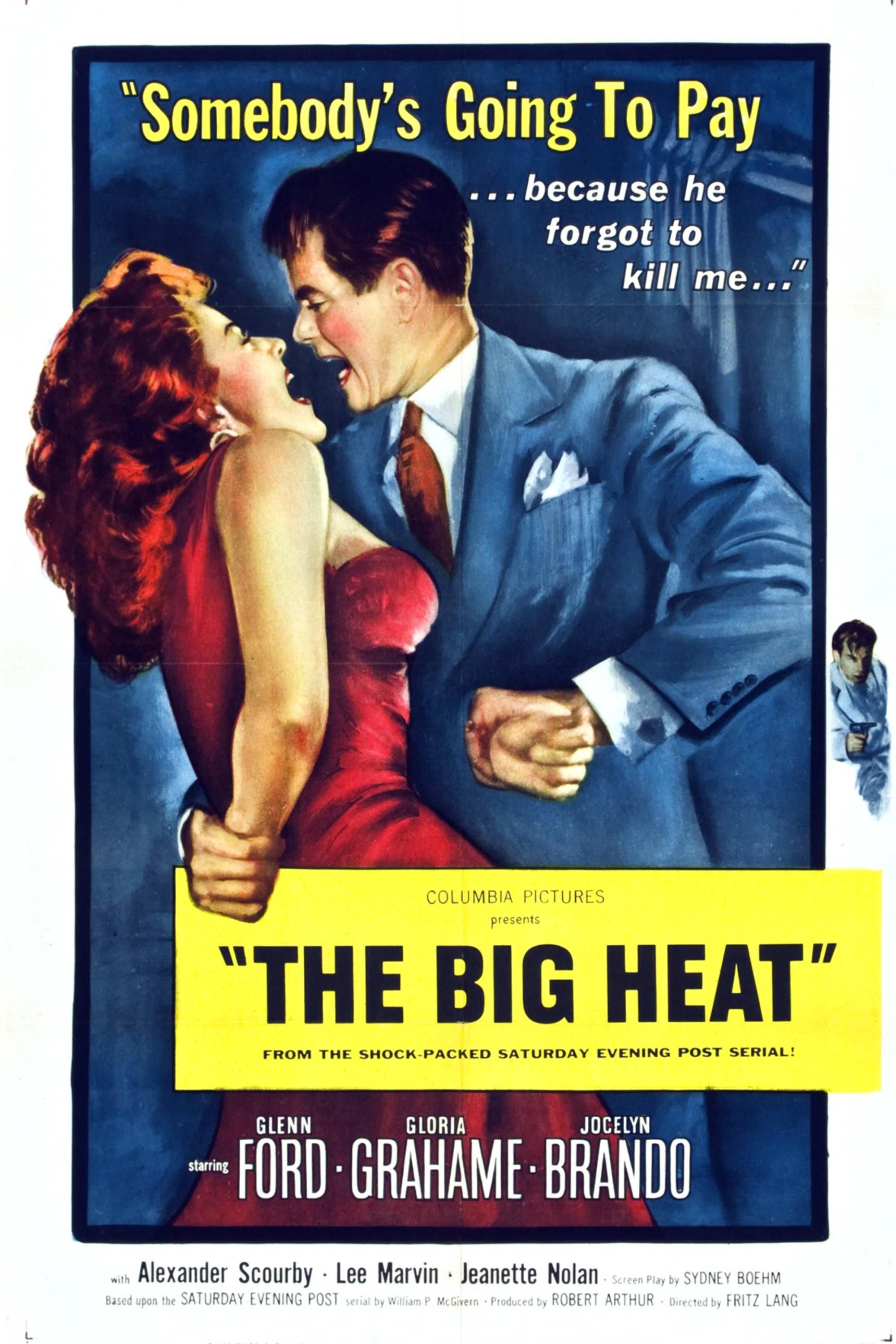
The Big Heat
- Release Date
-
October 14, 1953
- Director
-
Fritz Lang
- Cast
-
Glenn Ford
, Gloria Grahame
, Lee Marvin
, Jeanette Nolan
, Alexander Scourby - Runtime
-
89 Minutes
8
‘Psycho’ (1960)
Directed by Alfred Hitchcock
On the run with a large sum of money stolen from her employer, Marion Crane (Janet Leigh) embarks on a journey to start a new life with her boyfriend, Sam (John Gavin). Caught in a storm, she rests at the Bates Motel, run by the peculiar Norman Bates (Anthony Perkins). Next door lives his controlling mother, who soon murders Marion in the shower. Marion’s sister, Lila (Vera Miles), and Sam investigate her disappearance, discovering the chilling truth: Norman’s mother is a corpse, and Norman has been committing murders while embodying her persona.
Psycho brought in the 1960s, the decade in which the Hays Code began to crumble, with deliberate rule-bending and breaking. While avoiding explicit gore, Psycho used rapid editing and sound design to portray the iconic and brutal shower murder, relying on audiences’ imagination to achieve impact. Hitchcock’s innovative techniques, using suspense as the primary scare tactic, set a precedent for more graphic and psychological portrayals in cinema. As a precursor to the slasher genre, Psycho paved the way for the decline of the Hays Code and forever changed the portrayal of violence in film.
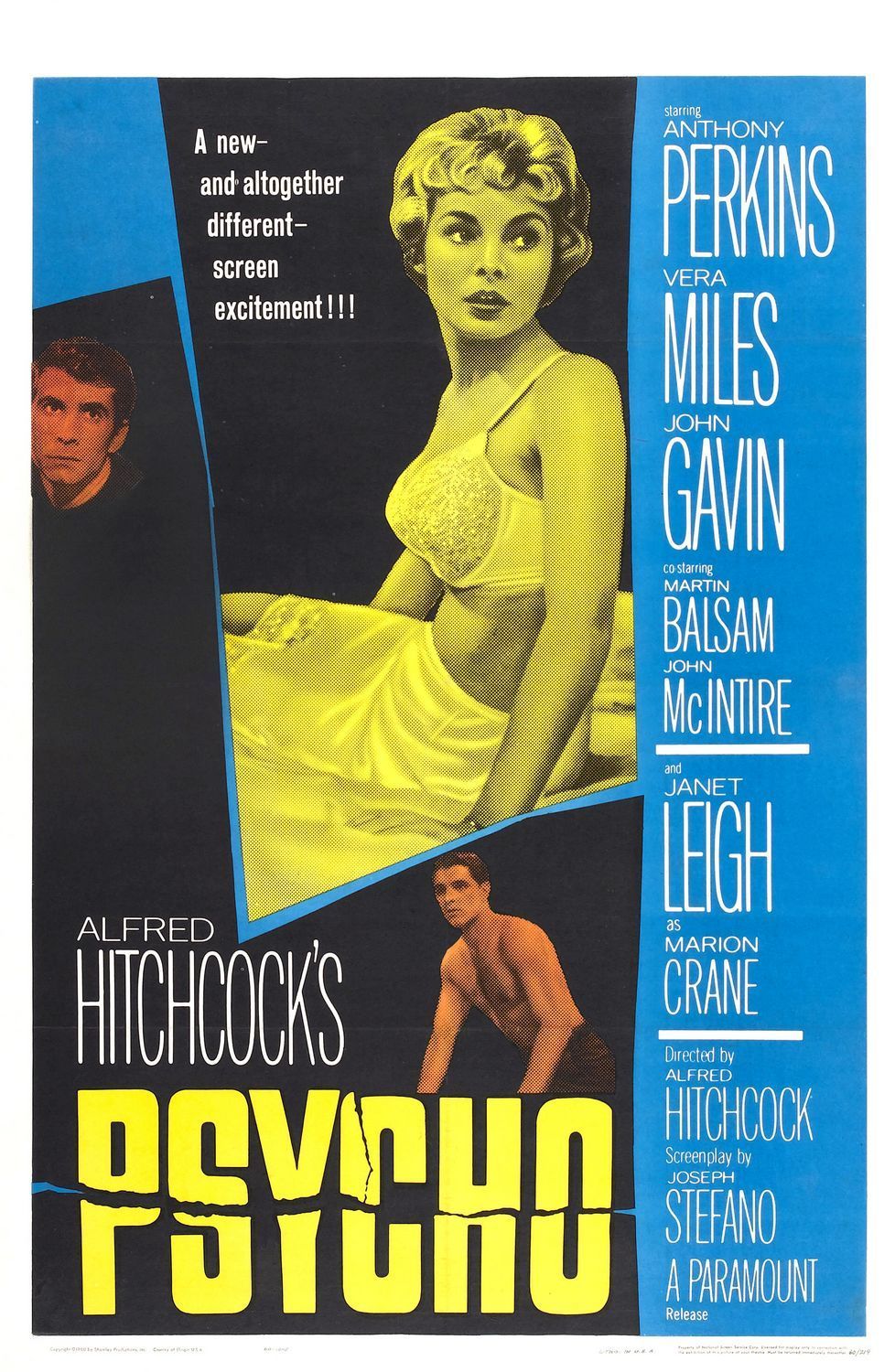
Psycho
- Release Date
-
September 8, 1960
- Cast
-
Janet Leigh
, Martin Balsam
, Anthony Perkins
, John Gavin
, Vera Miles - Runtime
-
109 minutes
7
‘Homicidal’ (1961)
Directed by William Castle
A small California town becomes the backdrop for murder, deception, and buried family secrets. A woman named Emily (Joan Marshall, billed as Jean Arless) works as a caretaker for a woman named Helga (Eugenie Leontovich), who was half-siblings Warren (Marshall, billed as Arless) and Miriam Webster’s (Patricia Breslin) nanny. Warren is set to inherit their late father’s estate on his 21st birthday, but Emily’s murderous actions suggest ulterior motives tied to this fortune. As Miriam and her boyfriend Karl (Glenn Corbett) investigate, a sinister family conspiracy unravels.
Homicidal, with a plot very similar to that of Psycho, sets out to introduce some more gore and sadism to its plot. The opening knife attack on a justice of the peace is especially brutal, with Emily stabbing him repeatedly in a blood-soaked frenzy that surpasses the suggestive violence of Psycho. The psychological abuse and later decapitation of Helga exacerbate the violent themes of the film. Homicidal’s use of grotesque violence makes it a fascinating precursor to slasher cinema, in which audiences will see more extensive and imaginative uses of gore and violence.
WATCH ON TUBI
6
‘The Flesh Eaters’ (1964)
Directed by Jack Curtis
Stranded on a remote island by a storm, a pilot (Byron Sanders) and his passengers—an actress, Laura (Rita Morley), and her assistant, Jan (Barbara Wilkin)—encounter a deranged marine biologist (Martin Kosleck) conducting experiments with glowing, flesh-eating microbes. The scientist aims to weaponize the creatures, which quickly dissolve human flesh. As the survivors contend with monstrous deaths and mounting horrors, they discover the microbes’ vulnerability to blood.
The Flesh Eaters stands out as one of the most graphic and violent films of the Hays Code era. Its shocking gore includes a vivid depiction of a man dissolving from the inside out after drinking a tainted beverage and other violence includes an attempted sexual assault. Brutal deaths, like Laura being stabbed, shot and then rolled down to the flesh-eaters to feed on her dead body, break the Hays Code’s rules regarding violence.
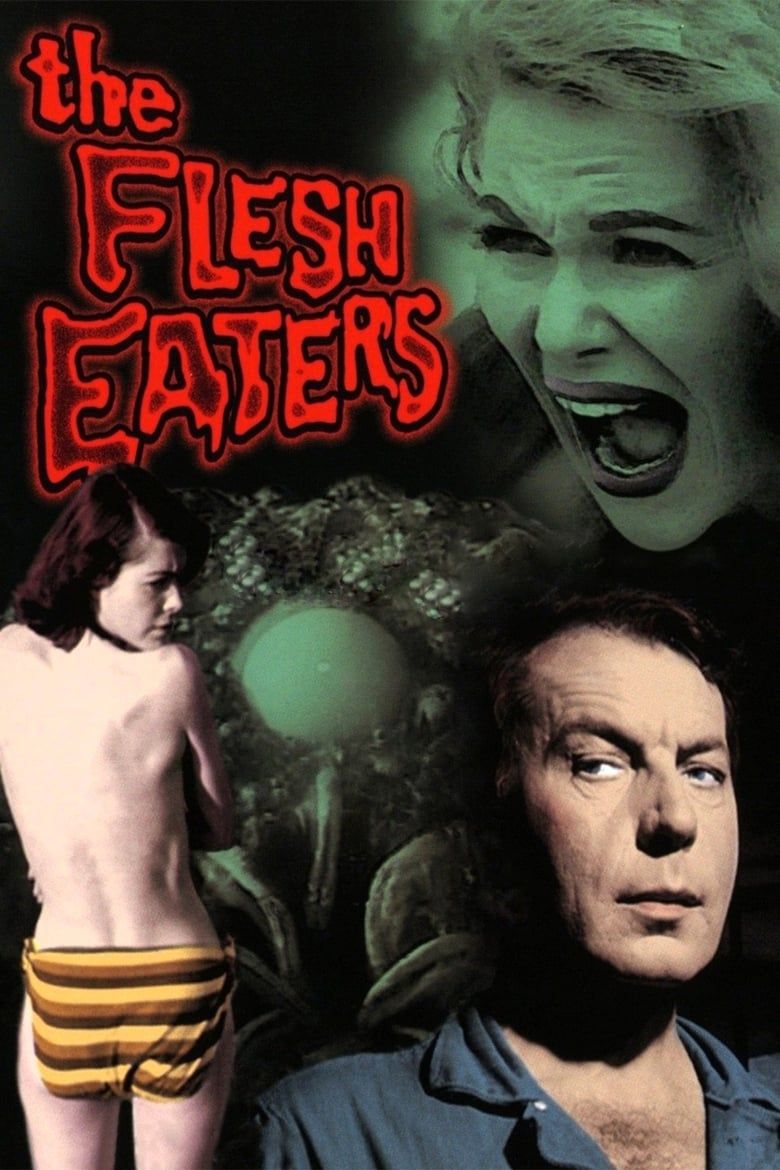
The Flesh Eaters
- Release Date
-
March 18, 1964
- Director
-
Jack Curtis
- Cast
-
Byron Sanders
, Martin Kosleck
, Barbara Wilkin
, Rita Morley
, Ray Tudor
, Barbara Wilson
, Ira Lewis
, Jack Curtis - Runtime
-
87 minutes
WATCH ON TUBI
5
‘Blood Feast’ (1963)
Directed by Herschell Gordon Lewis
In 1960s Miami, Fuad Ramses (Mal Arnold), an extreme worshiper of the goddess Ishtar, secures a job catering a party for Suzette Fremont (Connie Mason), the daughter of a wealthy socialite. This party gives Ramses the perfect chance to continue his killing spree, murdering young women to harvest their body parts for a grotesque feast intended to resurrect Ishtar. As the murders escalate, Suzette’s boyfriend, Detective Pete Thornton (William Kerwin), connects the killings to Ramses.
Dubbed the “Godfather of Gore,” Herschell Gordon Lewis directed what is credited as the first “splatter” film. Blood Feast shocked audiences by prioritizing graphic, over-the-top violence over narrative or acting quality. With less onscreen violence than Lewis’ later films, the film depicted dismemberment accompanied by gaudy blood effects. Its visceral visuals—campy by today’s standards—were unprecedented during the Hays Code era, pushing boundaries and paving the way for future exploitation and gore films.
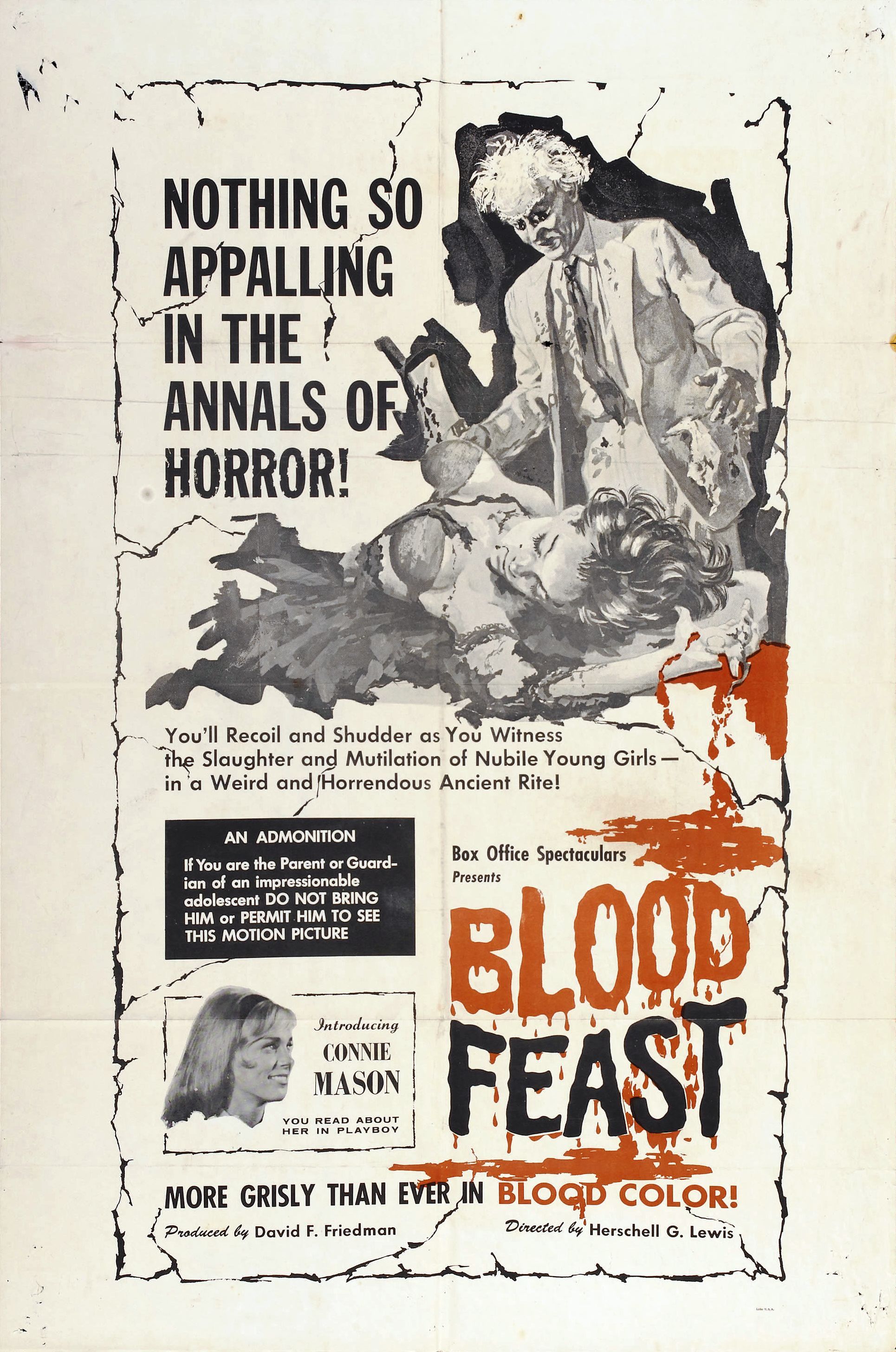
Blood Feast
- Release Date
-
July 6, 1963
- Director
-
Herschell Gordon Lewis
- Cast
-
William Kerwin
, Mal Arnold
, Connie Mason
, Lyn Bolton
, Scott H. Hall
, Christy Foushee - Runtime
-
67
WATCH ON TUBI
4
‘The Gruesome Twosome’ (1967)
Directed by Herschell Gordon Lewis
In a small Florida town, Mrs. Pringle (Elizabeth Davis), a wig shop owner, and her son, Rodney (Chris Martell), harbor a sinister secret. Luring young women from the local college with a promise of affordable housing, they murder and scalp them to supply hair for Mrs. Pringle’s wigs. Meanwhile, Kathy (Gretchen Wells), a determined college student, grows suspicious of her classmates’ mysterious disappearances. As her investigation deepens, she uncovers the horrifying truth behind the Pringles’ murderous scheme.
The Gruesome Twosome’s violent scenes appear less frequently than in other violent films, with Kathy’s investigation and absurd humor taking up a decent part of the narrative. Whereas some movies might leave the act of violence out of the picture, instead implying that Rodney is responsible for the murders, The Gruesome Twosome weaved in gore and violence to make the movie even more disturbing. The most violent scenes depict Rodney attacking and scalping women and disemboweling a woman. While this Lewis-directed film is not particularly good, and the film’s goofy nature defuses the tension, it still offers some of the most violent and disturbing premise and scenes in the Hays Code era.
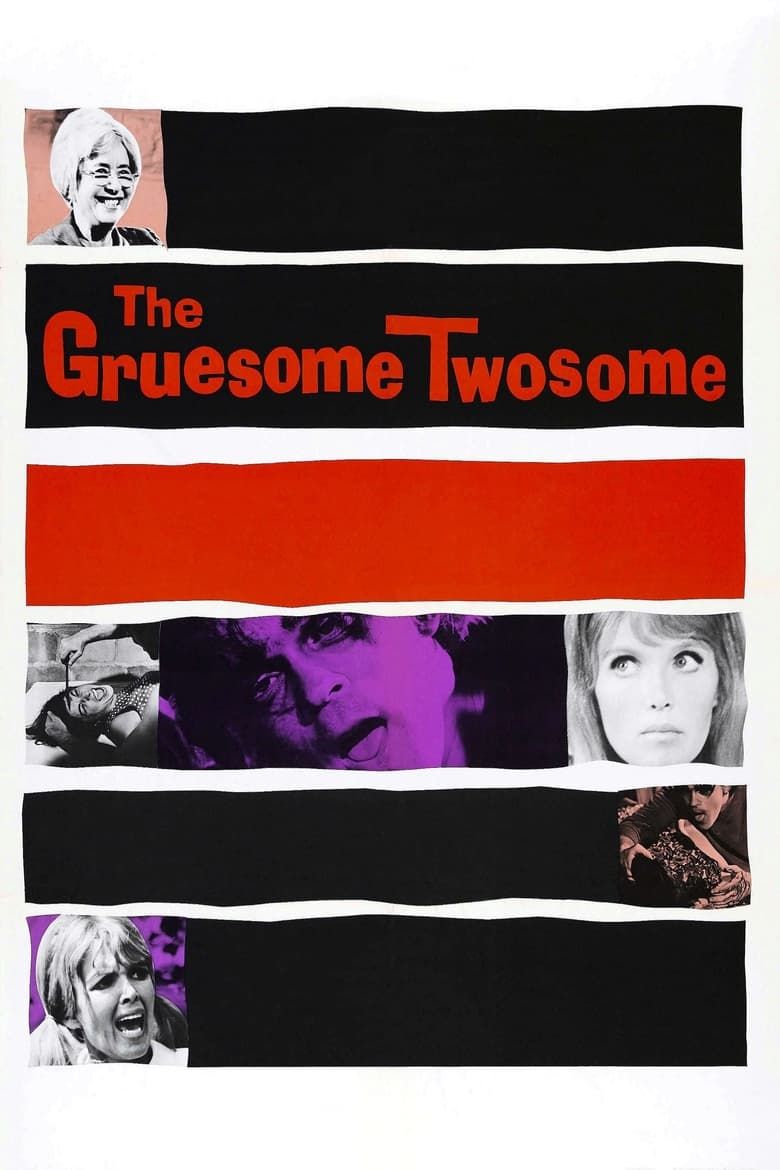
The Gruesome Twosome
- Release Date
-
August 28, 1967
- Director
-
Herschell Gordon Lewis
- Cast
-
Elizabeth Davis
, Gretchen Wells
, Chris Martell
, Rodney Bedell
, Ray Sager
, Ronnie Cass
, Karl Stoeber
, Dianne Wilhite
, Andrea Barr
, Barbara Kerwin
, Herschell Gordon Lewis
, Marcelle Bichette - Runtime
-
72 minutes
WATCH ON SHUDDER
3
‘Bonnie and Clyde’ (1967)
Directed by Arthur Penn
Set during the Great Depression, Bonnie and Clyde tells the story of Clyde Barrow (Warren Beatty), an ex-convict, and Bonnie Parker (Faye Dunaway), a restless waitress, whose chance meeting sparks a notorious crime spree across the American Southwest. Their gang, including Clyde’s brother Buck (Gene Hackman), Buck’s wife Blanche (Estelle Parsons) and driver C.W. Moss (Michael J. Pollard), evolves from small-scale heists to violent bank robberies. As they work to avoid law enforcement, the gang’s tendencies become increasingly deadly.
The violence in Bonnie and Clyde shattered the cinematic norms of the Hays Code era. The film depicts realistic gunshot wounds and the infamous ambush where Bonnie and Clyde are riddled with bullets, turning their deaths into a hauntingly visceral spectacle. This marked a radical shift from bloodless bullet wounds, for example, to explicit consequences of violence. While not the first to push Hays Code boundaries, Bonnie and Clyde is a prime example because of its high-quality effects of violence and great performances, creating a classic crime film.
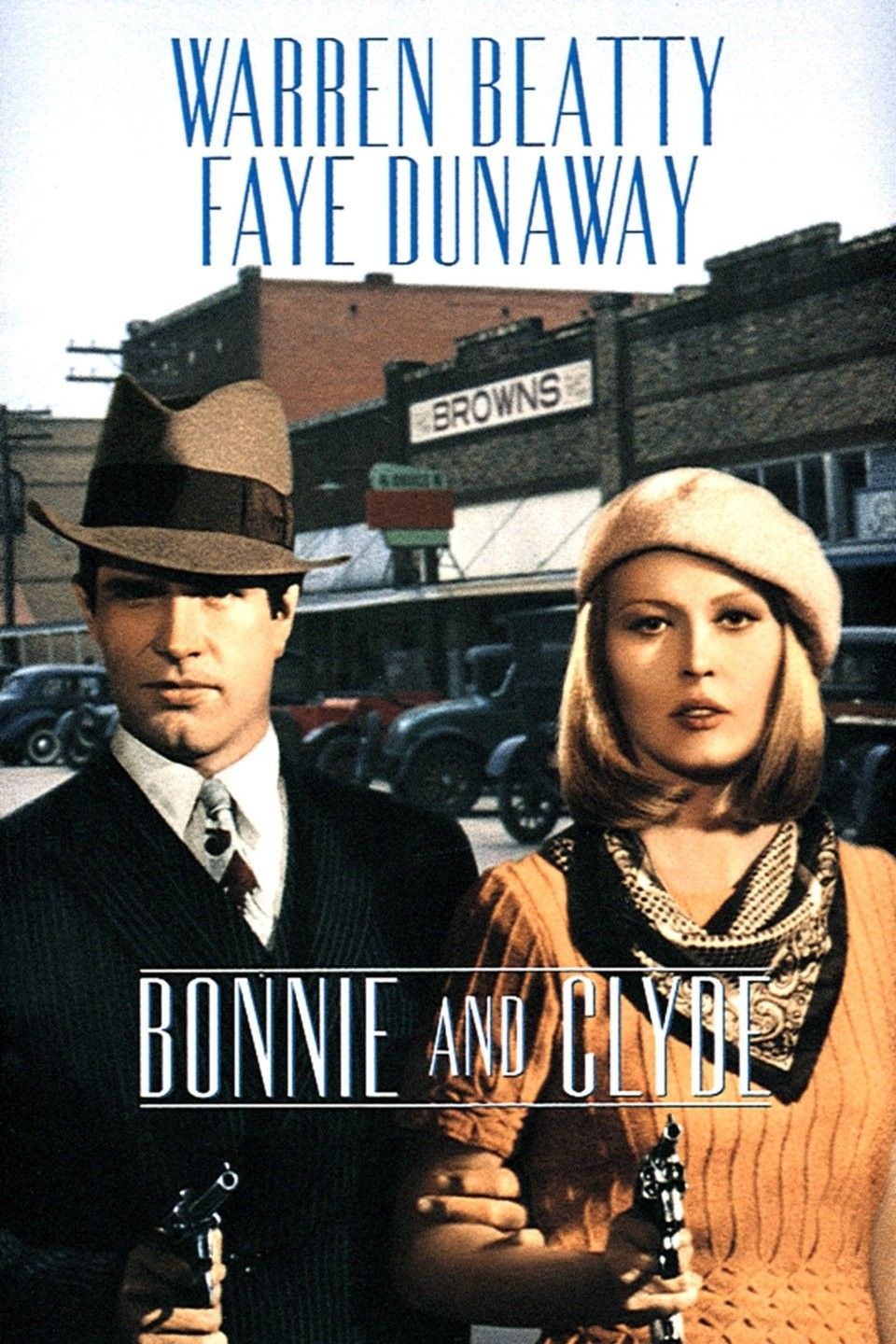
Bonnie and Clyde
- Release Date
-
July 18, 1967
- Director
-
Arthur Penn
- Runtime
-
111 minutes
2
‘The Ghastly Ones’ (1968)
Directed by Andy Milligan
Three sisters, Veronica (Eileen Hayes), Victoria (Anne Linden) and Elizabeth (Carol Vogel), and their husbands gather at their late father’s Victorian mansion to fulfill his will: they must stay three nights to inherit his fortune. Upon arrival, they meet unsettling housekeepers (Veronica Radburn and Maggie Rogers) and a hunchbacked handyman, Colin (Hal Borske), prone to violence. The group is stalked by a hooded figure who begins gruesomely murdering them one by one. Along the way, family secrets are unearthed.
Released just weeks before the MPAA rating system took effect, The Ghastly Ones is notorious for its unrelenting violence. Its crude, low-budget effects portray a series of grotesque murders, including dismemberments, a disembowelment and a beheading. The excessive gore, paired with the grim family dynamics and a disorienting camera style, contributes to the unrated film’s unsettling atmosphere. The Ghastly Ones’ unflinching use of brutality in the form of murder and sexual assault broke the Hays Code’s rules, making it one of the goriest and most violent films of its time.
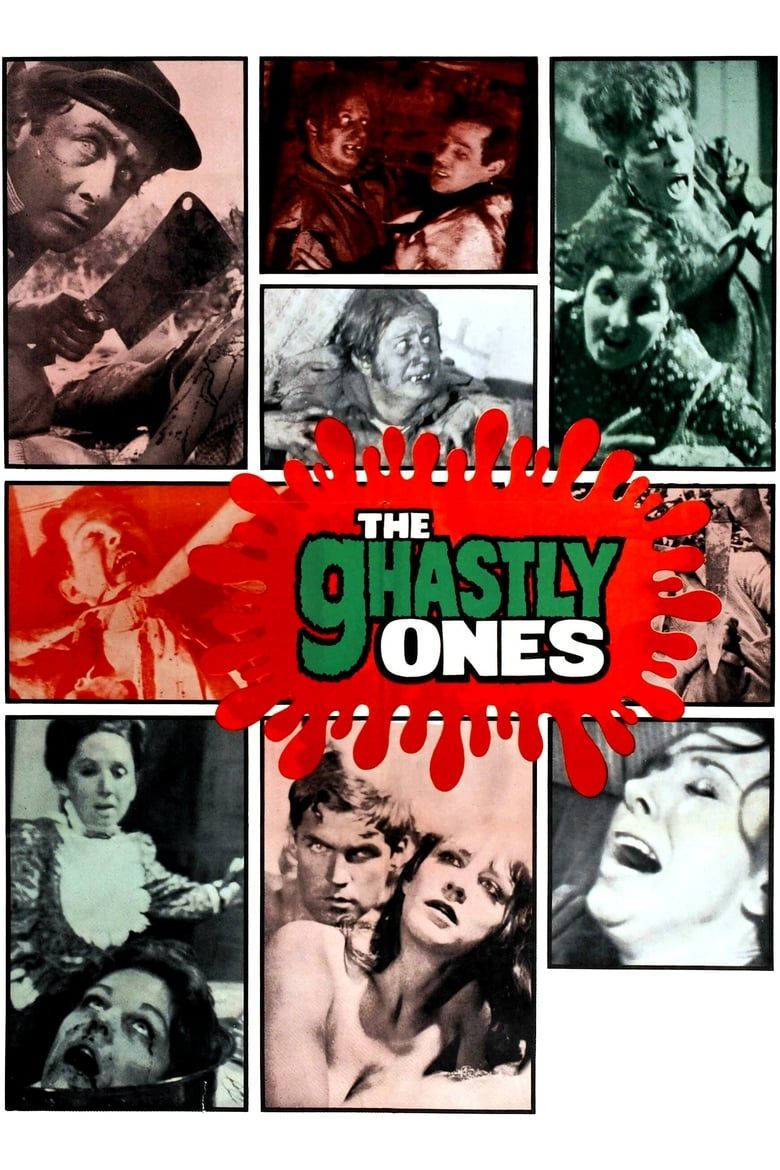
The Ghastly Ones
- Release Date
-
September 6, 1968
- Director
-
Andy Milligan
- Cast
-
Maggie Rogers
, Veronica Radburn
, Hal Borske
, Anne Linden
, Fib LaBlaque
, Carol Vogel
, Richard Romanus
, Eileen Hayes
, Don Williams
, Hal Sherwood
, Neil Flanagan
, Ada McAllister
, Robert Adsit
, Matt Baylor - Runtime
-
81 minutes
WATCH ON TUBI
1
‘Two Thousand Maniacs!’ (1964)
Directed by Herschell Gordon Lewis
The horror movie follows six Northern tourists who are invited to the Southern town of Pleasant Valley during its centennial celebration. Unbeknownst to them, the townsfolk—spirits of the Civil War era seeking revenge for their town’s destruction—plan to gruesomely murder the visitors in an act of revenge. As each tourist is killed in creatively brutal ways, a couple from the group, Tom (William Kerwin) and Terry (Connie Mason), grows suspicious and attempts to escape from the murderous residents.
Two Thousand Maniacs! is the most violent, and among the goriest, films produced during the Hays Code era, pushing boundaries with its graphic depictions of gore and inventive brutality. The premise builds tension with the political climate and the revenge-centered goal of murder. Unlike other films of the time, this one leaves little to the imagination—a woman (Shelby Livingston) is dismembered with an axe, and a man (Jerome Eden) is drawn and quartered, among other gruesome and graphic tragedies.

